
Human nails, both finger and toenails, are made of keratin, which is a type of scleroprotein. Even though they do not seem to play an important role in the human body and they look rather simple, their structure is not simple at all. It is made of the matrix, eponychium, paronychium, hyponychium, nail bed, plate, lunula, groove and free edges. The matrix is the only living part of the nail, which is why it does not hurt to cut the nails or file them. The visible part of the matrix, or lunula, is located at the very base of the nail plate. Nail plate is the flat or slightly rounded, hard surface and the tissues beneath it are called nail bed.
Nail plate and nail bed
Nail plate and nail bed are the parts of the nail that are particularly susceptible to problems, such as infections, yellowing, thick or brittle nails, white spots and other.
Healthy nails are rather strong and do not break very easily. However, due to certain factors, nails can become brittle and more prone to breaking, peeling and even falling off.
Here are some of the causes of brittle nails.
Dry nails
Dryness is actually the most common cause of brittle nails. Many people do not understand that nails can become dry just like the skin, and that they need care and moisturizing. Elderly people have particularly dry nails, because with age the production and the delivery of sebum to the nails are decreased. In younger people, the reason behind dryness can be lack of proper hydration, dry indoor air or dry climate, excessive use of nail polish and nail polish removers. Even excessive exposure to water or humidity can reduce the moisture from the nails.
Dry nails are more prone to breaking but they are also more prone to infections, especially fungal ones.
Nutritional deficiency
Another common reason for brittle nails is a deficiency of one or more important nutrients. In order for the nails to be strong and healthy, it is necessary to provide adequate intake of protein, calcium and vitamins, especially vitamins C and those of the B complex. Vitamin B5 and biotin are particularly important for the nails. If any of these nutrients is deficient, the nails may become weak and brittle.
Fungal infections
If brittle nails are also discolored, especially if they turn yellow or brown, it may indicate a fungal infection. This is especially common on toenails. Fungal infections make the nail thick and brittle and sometimes the entire nail may fall off. This happens because the fungus actually destroys the keratin, of which the nail is made of.
Other causes of brittle nails may include circulatory problems, psoriasis, respiratory problems, problems with thyroid gland, eczema and severe dehydration.


_f_280x120.jpg)
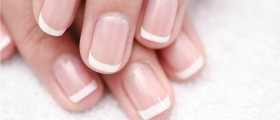
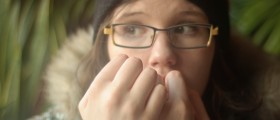

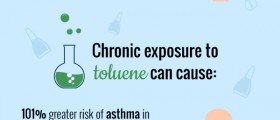
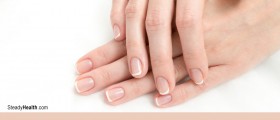
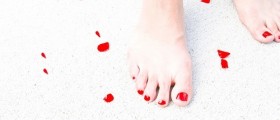
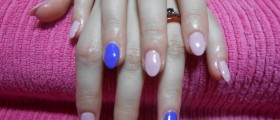

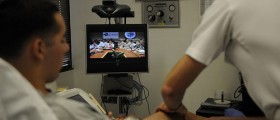

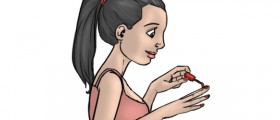

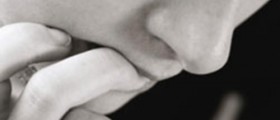
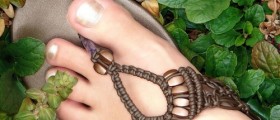
Your thoughts on this
Loading...